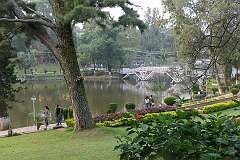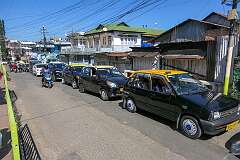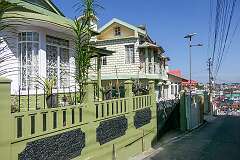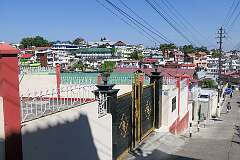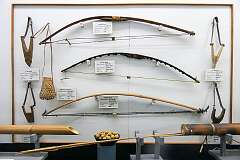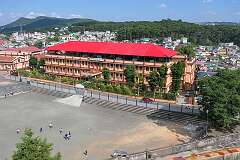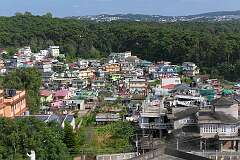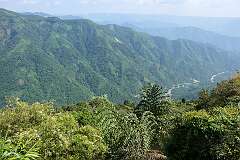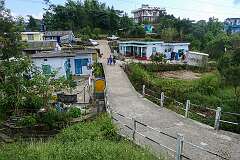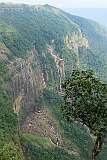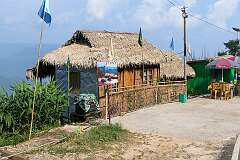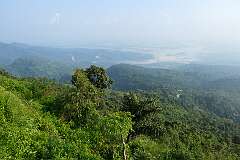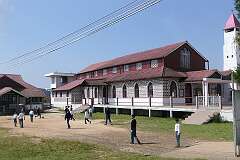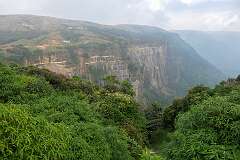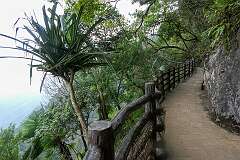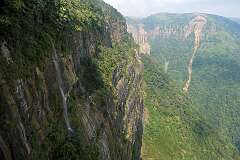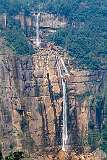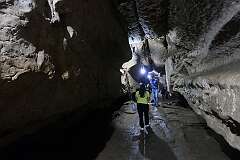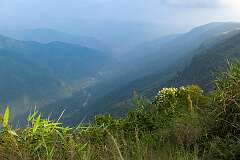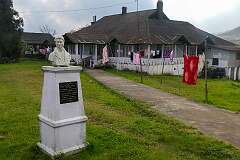Meghalaya, “Abode of Clouds”
16-19 October 2023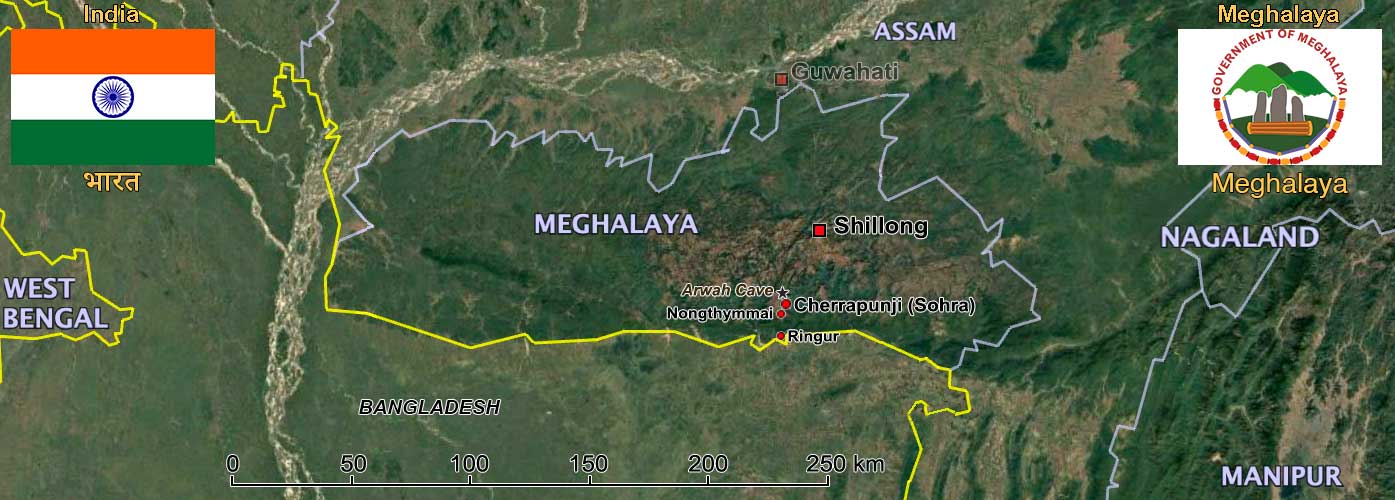
Meghalaya, meaning “Abode of Clouds,” became a separate Indian state in 1972, but its history stretches back centuries through the rich traditions of the Khasi, Garo, and Jaintia tribes. These matrilineal communities maintained autonomous village republics, guided by customary laws and deep spiritual ties to nature. The region later came under Ahom influence, followed by British administration in the 19th century, when Shillong emerged as a major hill station and became the capital of composite Assam. After statehood, Meghalaya developed as a centre of indigenous culture, highland ecology, and tourism.
Shillong, often called the “Scotland of the East,” is known for its pine forests, colonial-era cottages, and rolling hills. Founded by the British as a climate retreat, it grew into a lively centre of education, music, and hill culture. The Don Bosco Centre for Indigenous Cultures in Shillong is a major museum and cultural hub dedicated to the heritage of the many tribes of Northeast India. Spread across seven floors in a unique hexagonal tower, it showcases the traditions of the Khasi, Garo, Jaintia, Naga, Mizo, Manipuri, Arunachali, and Assamese communities through artefacts, textiles, musical instruments, and interactive exhibits.
Cherrapunji (Sohra), once famed as the wettest place on Earth, is celebrated for its deep valleys, mist-filled gorges, roaring waterfalls and dramatic cliffs, with a viewpoint into Bangladesh. Nearby Arwah Cave is a spectacular limestone cave known for its impressive natural formations and ancient marine fossils, including shells and imprints, embedded in the rock — evidence of the region’s ancient geological past.
Shillong, often called the “Scotland of the East,” is known for its pine forests, colonial-era cottages, and rolling hills. Founded by the British as a climate retreat, it grew into a lively centre of education, music, and hill culture. The Don Bosco Centre for Indigenous Cultures in Shillong is a major museum and cultural hub dedicated to the heritage of the many tribes of Northeast India. Spread across seven floors in a unique hexagonal tower, it showcases the traditions of the Khasi, Garo, Jaintia, Naga, Mizo, Manipuri, Arunachali, and Assamese communities through artefacts, textiles, musical instruments, and interactive exhibits.
Cherrapunji (Sohra), once famed as the wettest place on Earth, is celebrated for its deep valleys, mist-filled gorges, roaring waterfalls and dramatic cliffs, with a viewpoint into Bangladesh. Nearby Arwah Cave is a spectacular limestone cave known for its impressive natural formations and ancient marine fossils, including shells and imprints, embedded in the rock — evidence of the region’s ancient geological past.







